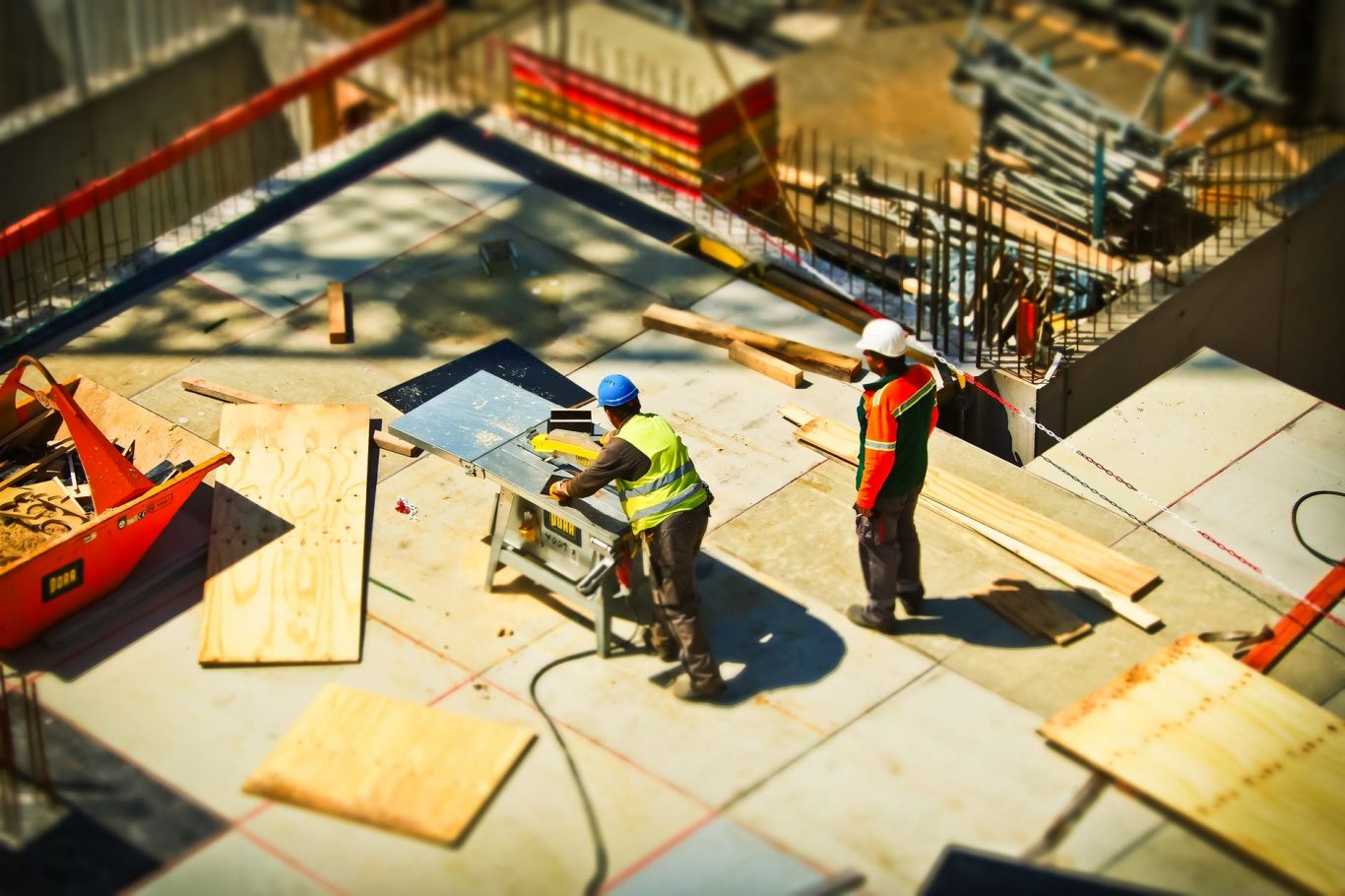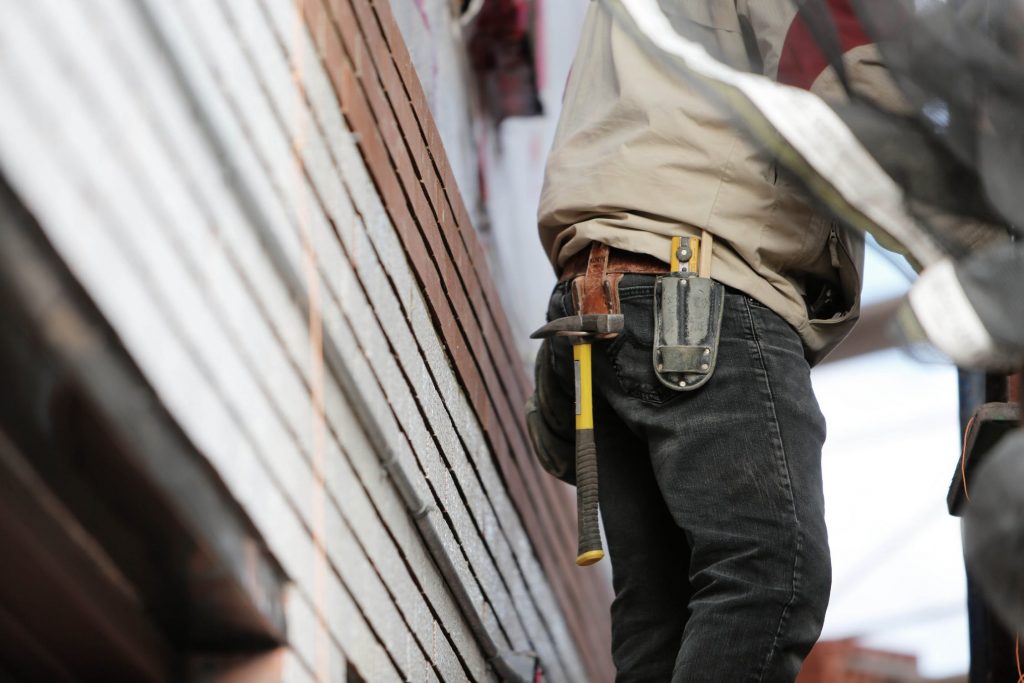Choosing Materials For Your Construction

Breaking News:
Tuesday, Jan 23, 2024

If you ask anyone in the construction, the most commonly used construction materials today are concrete, steel, and timber. The occasion on which you choose the materials for your construction depends on a number of elements, like the kind of construction, your finances, and the capacities of your worksite. Concrete, wood, and steel each have their own benefits and challenges, so which one should you select?
Concrete
Concrete has been used since early times, and now it is often selected because of its durability, flexibility, thermal mass, and a very low maintenance. Structural cement supplies maximum durability and strength, as well as the capacity to withstand a high amount of stress. Concrete is environmentally friendly since it’s produced from easily available materials — limestone and sand — and it is also weather and fire resistant. A special kind of galvanized steel mesh panels is usually added into a concrete mixture to provide the strength necessary for building supports.
Selecting concrete on your construction also gives an abundance of decorative possibilities. Concrete can be readily integrated with other substances to make colors or patterns, also it may be molded into any number of shapes since it begins in liquid form. In contrast to concrete, steel requires less ability to vertical. But due to the numerous steps involved with erecting reinforced concrete, the final durability and strength of the concrete can occasionally be changed if there’s been bad workmanship. Another threat with concrete is that shrinkage may cause fractures or lack of power.

Timber
Timber is economical, durable and has a high structural efficacy of carrying load per unit. When it’s sourced from sustainably managed forests, it could be a much more environmentally friendly option than steel or most other alternative construction materials. Timber is excellent for interior use since it gives off a good amount of humidity inside the house, and the best part — it absorbs noise — preventing noise and sound indoors. The warmth and natural beauty of wood generate an aesthetically pleasing space, as every tree has its own characteristics and scents. Timber is lightweight and flexible to offsite production, therefore it’s usually utilized for low-rise residential constructions. But, wood deteriorates over time because of natural irritants such as mildew, insects or flame. This usually means a wood structure may need more upkeep than steel or concrete. However, the advancements of technology have given better timber products to be used for constructions. These engineered timbers are usually stronger and much more durable than regular, solid wood.
Steel
Steel has a higher power to weight ratio, which makes it a far better structural substance such as high-rise buildings, long bridges, buildings or structures on soft grounding. Steel is commonly utilized in significant construction to accelerate growth, reduce onsite dangers, and minimize waste. Buildings with steel constructions tend to be lighter and also have smaller bases since steel is efficient. Steel structures could be erected quickly and with fewer employees needed on site, decreasing labor costs. Compared to concrete, erecting a steel construction generates less dust and noise onto a work site and surrounding regions. Steel is flame resistant, termite free, and also a huge part of steel could be recycled. But, there may be disadvantages to selecting steel: it could be more costly, but may be vulnerable to rust and might have to be treated regularly. Steel also conducts and absorbs heat, therefore steel constructions have to be fireproofed properly. Consider choosing your steel from good suppliers who have used proper treatments before it can be used on constructions, like this steel fabrication facility in Dandenong.
The battle between the three materials is an ongoing issue. Concrete flooring is used as a sub flooring for installing the wood floor on it. Timber could be fixed and replaced with no much demarcation whereas definite has to be demolished and repoured in the event of a makeover or change. Timber can have scratch and indent marks whereas concrete could crack. Concrete can maintain direct, constant contact with water whereas wood can be ruined when there it is in contact with water.
Steel is not a very environmentally friendly but is more durable than most timber and lighter than concrete. Concrete is a manmade substance which may be sealed, stamped or cut for assorted cosmetic or structure purposes whereas wood is a pure product of character and has to be painted, shiny or sealed for durability. Timber requires more maintenance and care in comparison to concrete.
Engineered wood for the building support is usually first pressed or cut into boards or planks whereas concrete is fortified using steel sticks or mesh to be utilized as a building material. Timber is a standard construction substance whereas concrete is the predominant construction material of the present age. Timber suits various kinds of weather conditions to get virtually any sort of construction. Concrete is used along with ironwork for durability and has reduced tensile strength. Timber, especially the laminated variety can be quite flexible and will keep strength when flexed or compressed.
Brick house fortified with steel is your very best selection of material for building purposes in earthquake zones. Reinforced concrete is a lot less costly than wood. It’s used for supporting the constructions. Concrete constructions and structures are exceptional to the wood frame. Timber is a lot lighter in weight in comparison with concrete however concrete has improved insulation properties and contains a higher thermal storage capability when compared with wood. Concrete houses maintain heat and radiate.
Timber, when employed for decking, can become slippery whereas concrete is not as slippery and might not warp or buckle. Concrete has more durability when compared with wood. The usual qualities of concrete are cracking, measling and bleach whereas wood surface may blemish, hairline and crack cracks may occasionally seem.
We use cookies to ensure that we give you the best experience on our website. If you continue to use this site, we'll assume that you're ok with this.
Ok